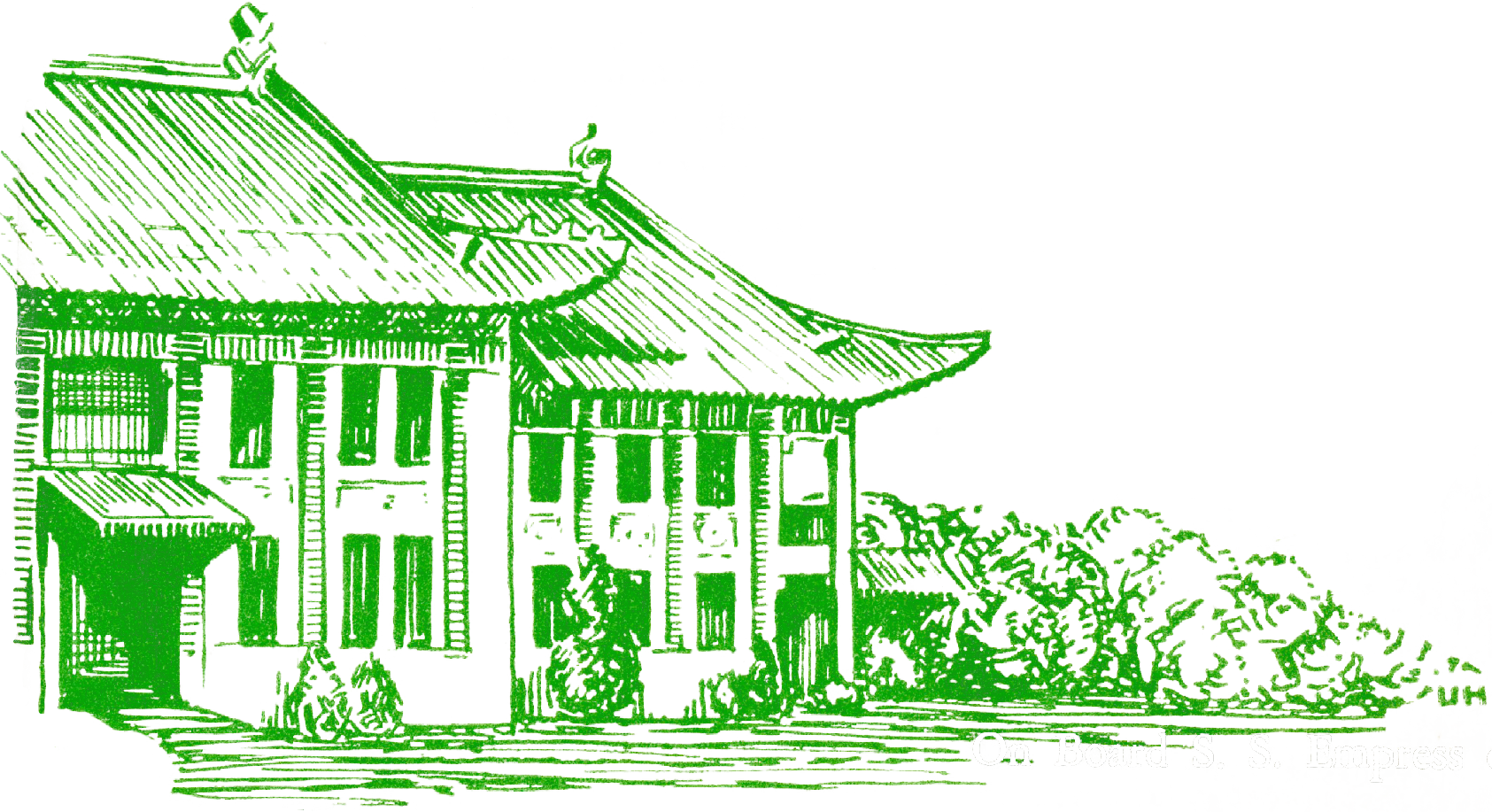Method and Resources
Like many missionary archives, the Papers of Matilda Calder Thurston were compiled by Matilda’s sister, Helen Calder, who then donated to the Missionary Research Library (MRL) now housed at the Burke Library at Union Theological Seminary. Similar to state colonial archives, the MRL collated information for a purpose: current and future missionaries could learn more about history and best practices of the missionary enterprise as well as the details of “native Christians” and potential converts. While scholars are now the main audience for the MRL’s collections, the archive carries the imprint of missionary imperialism in its contents, organization, omissions, and silences.
The View from Ginling employs digital tools to transform and decolonize the archive in multiple ways. Drawing on the Thurston Papers as well as related collections, the exhibits use interactive maps, timelines, and network visualizations to reassess the archival materials related to Ginling and its associates. By creating a space where multiple students could read (and re-read), analyze, and discuss these documents, the seminar fostered their ability to make these connections. The students’ collaborative efforts and distinctive positionalities show how multiple perspectives can affect the interpretations of each document. The varieties of research questions will continue to grow as future classes build on what their predecessors have created.
As digital historians, we have an ethical obligation to use our research into the Matilda Calder Thurston papers to uncover silences within the archives. However, in presenting this project, we have made decisions to either include or exclude documents from our website. In doing so, we acknowledge that we have privileged certain information above others, and hope that as students continue to work on this project, the View From Ginling will continue to grow towards a more comprehensive view of the archives. We also acknowledge that archives themselves are a product of a process which decides which documents are worthy of preservation, and is in itself subject to bias and abuse by systems of power. As Barnard students, we recognize our biases as creators, including the intentional and unintentional arguments we have made. Although the ways in which we have organized documents and exhibits on the View from Ginling website advance particular thematic arguments, we also hope our contextualization will allow for a greater understanding of the archive, as information in isolation is often misleading, or inaccessible.
In seeking to tell new stories from the perspective of those who taught and attended Ginling College, the exhibits also depart from a typical missionary biography and instead highlights a broader range of people associated with Ginling. The exhibits show that this Protestant missionary women’s college operated as dynamic and often contested terrain during a period of political and religious transformation, nationalism and the construction of the “New Woman” (xin nuxing), as well as war and military occupation. The ongoing work of digitizing documents from the Papers of Matilda Calder Thurston also makes these materials available to a wider audience, and invites visitors to join the conversation.
